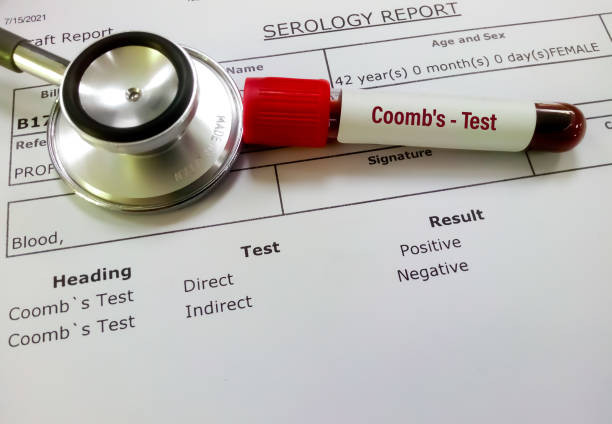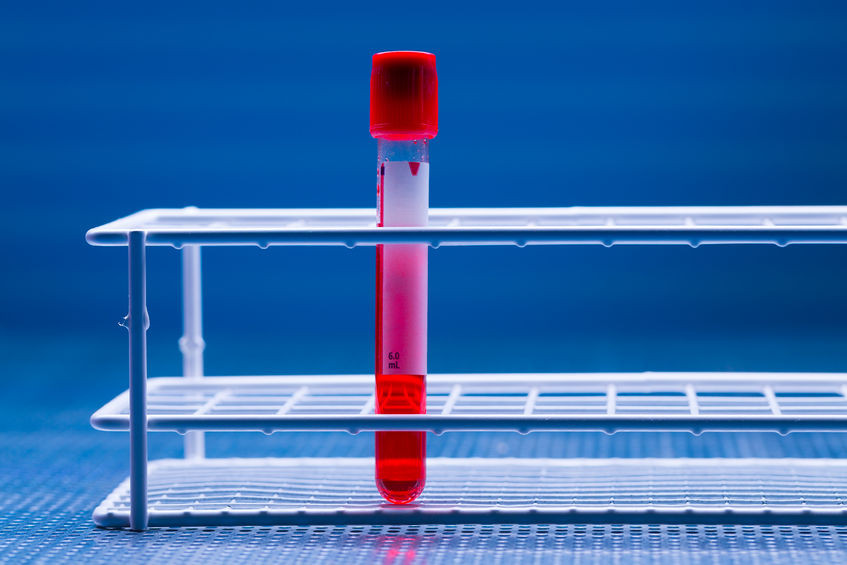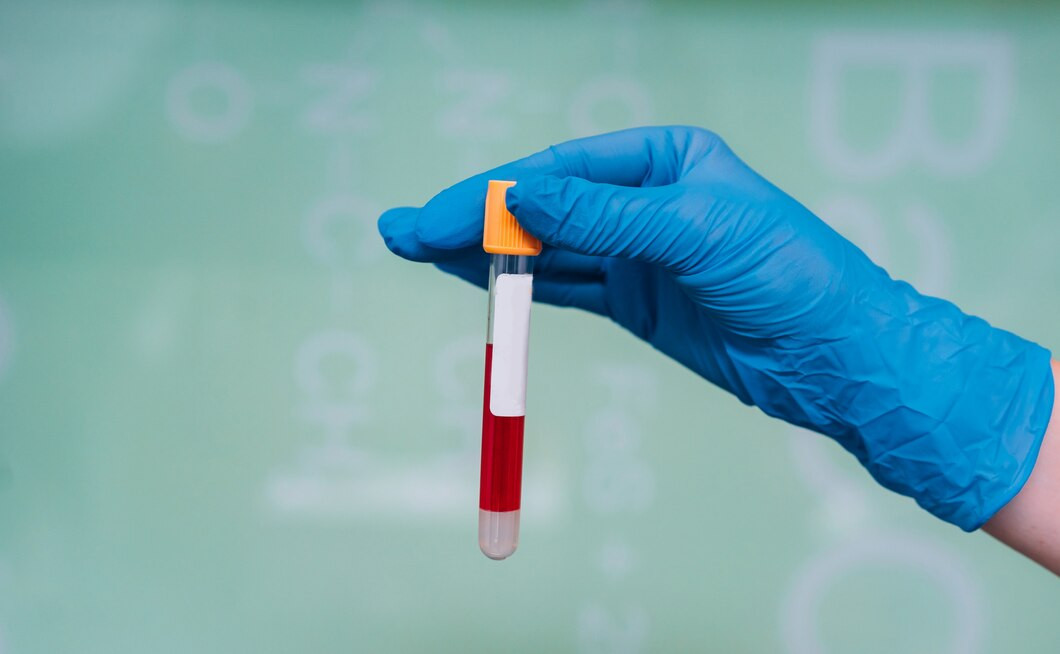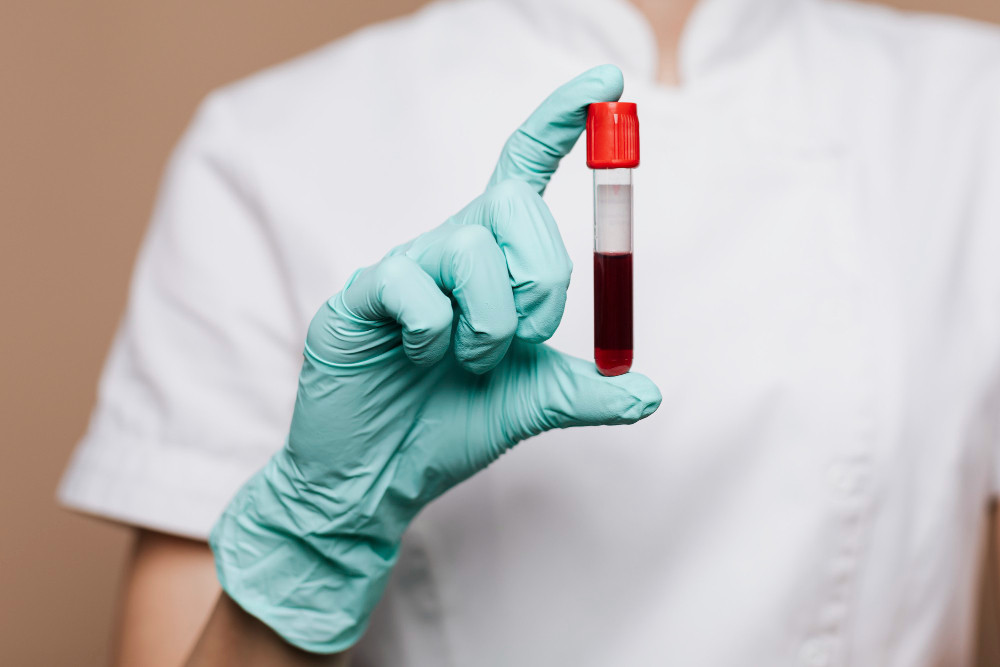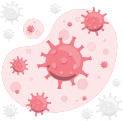Definition
The Coombs test is a diagnostic procedure used to detect antibodies that target red blood cells. Antibodies are proteins produced by the immune system to defend the body against infections, including bacterial, viral, fungal, and other harmful invaders. In normal conditions, antibodies recognize and destroy foreign cells that pose a threat to the body.
However, in autoimmune diseases, antibodies mistakenly attack healthy body cells, including red blood cells. These antibodies bind to the surface of red blood cells and trigger a reaction known as the complement system, which results in the destruction of the red blood cells.
The presence of antibodies that attack healthy red blood cells can be identified through the Coombs test. This test comes in two variations: the direct Coombs test and the indirect Coombs test. The key differences between the two are as follows:
-
Direct Coombs test: This test detects antibodies directly attached to the surface of red blood cells through a blood sample. It is commonly used to help diagnose conditions such as hemolytic anemia, which is characterized by the excessive destruction of red blood cells.
-
Indirect Coombs test: This variation identifies antibodies that are not attached to red blood cells but are circulating in the bloodstream. It is typically used before a blood transfusion or as part of prenatal screening during pregnancy.
Indication
The Coombs test is conducted to assist healthcare providers in diagnosing a variety of conditions, including the following:
-
Hemolytic anemia
-
Blood transfusions reactions
-
Drug-induced hemolytic anemia
-
Hemolytic conditions in newborns
-
Systemic lupus erythematosus
-
Autoimmune reactions related to blood disorders
-
Pre-transfusion blood screening
-
Pregnancy screening
Contraindication
There is no specific medical condition that contraindicates this examination.
Preparation before the Test
No special preparation is needed prior to the Coombs test. However, it is important to stay hydrated by drinking enough water so that the blood sample can be easily drawn. Additionally, individuals should inform their doctor about any medications they are currently taking.
Test Procedure
The test requires a blood sample, typically drawn from a vein in the arm. The blood collection is usually done in the crease of the arm. The amount of blood needed for the test is generally around 0.3 to 0.5 mL, depending on the specific requirements.
Once the blood sample is obtained, it will be analyzed in a laboratory using specialized equipment to detect the presence of antibodies that affect red blood cells.
Normal and Abnormal Values
This test involves the use of chemical reagents that react with blood samples. The test procedure then observes whether clotting reactions occur in the blood sample. The results can either be negative or positive, depending on whether antibodies are present. The outcome of the test can be classified as follows for both the direct and indirect Coombs tests:
|
|
Direct Coombs Test |
Indirect Coombs Test |
|
Negative (Normal) |
No antibodies are attached to the red blood cells |
Antibodies are attached to the red blood cells |
|
Positive |
No antibodies are circulating in the blood |
Antibodies are present in the blood circulation |
Results and Recommendations (Follow-up Tests)
If the Coombs test returns a negative result, it indicates that there are no antibodies binding to the red blood cells. In such cases, the doctor might suggest additional tests based on the symptoms presented to explore other potential causes. If the Coombs test is part of a health screening for asymptomatic individuals, the result likely indicates that the person is in good health.
In contrast, a positive Coombs test result signifies the presence of antibodies either bound to red blood cells (in the direct Coombs test) or circulating freely in the blood (in the indirect Coombs test). A positive direct Coombs test may be associated with various conditions, such as autoimmune diseases, reactions post-blood transfusion, erythroblastosis fetalis (incompatibility between the mother's and baby's red blood cells), infections that lead to abnormal antibodies (e.g., HIV, malaria, syphilis), or a history of using specific medications.
To support the diagnosis, the doctor may recommend additional tests such as a complete blood count (CBC), a rhesus factor test, an anti-HIV test, or an antibody test for syphilis.
On the other hand, a positive indirect Coombs test may indicate different scenarios. If a patient has undergone a blood transfusion, the positive result helps the doctor be cautious when selecting donor blood. In the case of pregnancy, a positive result points to a mismatch between the mother’s and fetus's red blood cells, which could cause complications during pregnancy, birth, or affect the fetus.
Consult the Right Doctor
A positive result, whether from the direct or indirect Coombs test, suggests that antibodies circulating in the body are attacking red blood cells. This can be indicative of various underlying medical conditions that need to be diagnosed and addressed. Therefore, it is advisable to consult a general practitioner or an internist who can confirm the test results and investigate the root cause of the condition.
Looking for more information about laboratory, radiology, and other examination results? Click here!
- dr Hanifa Rahma
Theis, SR., & Hashmi, MF. (2022). Coombs Test (p. A single page). StatPearls Publishing.
Coombs Test – Cleveland Clinic. (2022). Retrieved 6 August 2022, from https://my.clevelandclinic.org/health/diagnostics/22978-coombs-test
Coombs’ Test – John Hopkins Lupus Center. (2022). Retrieved 6 August 2022, from https://www.hopkinslupus.org/lupus-tests/clinical-tests/coombs-test/
The Coombs’ Test – Standford Medicine. (2022). Retrieved 6 August 2022, from https://med.stanford.edu/newborns/professional-education/jaundice-and-phototherapy/the-coombs--test.html
Rath, L. (2021). What Is a Coombs Test?. WebMD. Retrieved 6 August 2022, from https://www.webmd.com/a-to-z-guides/antibody-coombs-test
Coombs Test – mountsinai. (2022). Retrieved 6 August 2022, from https://www.mountsinai.org/health-library/tests/coombs-test
Christine, C. (2022). Coombs Test. Healthline. Retrieved 6 August 2022, from https://www.healthline.com/health/coombs-test#results


